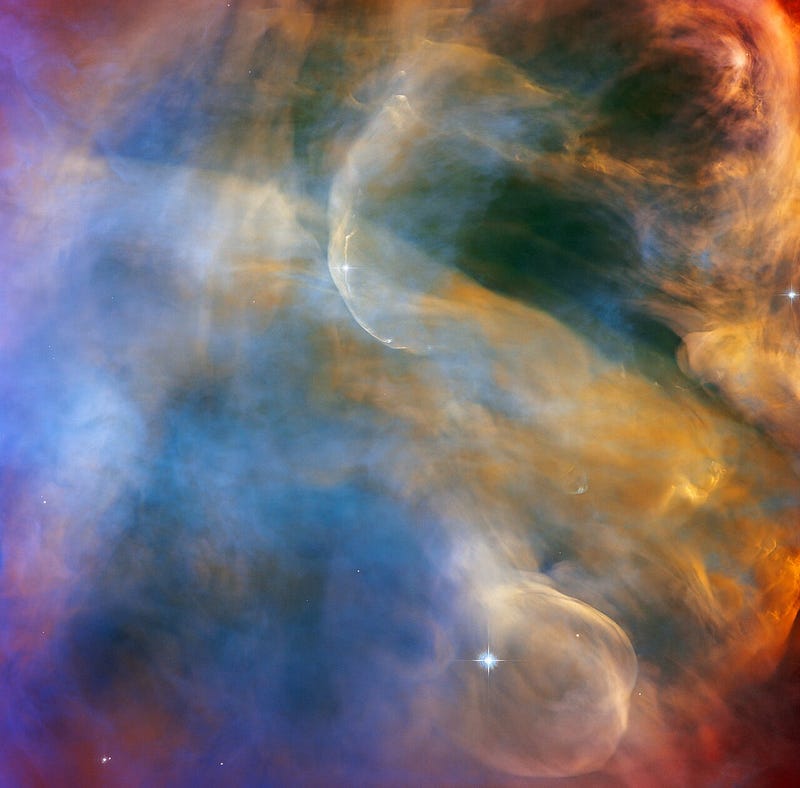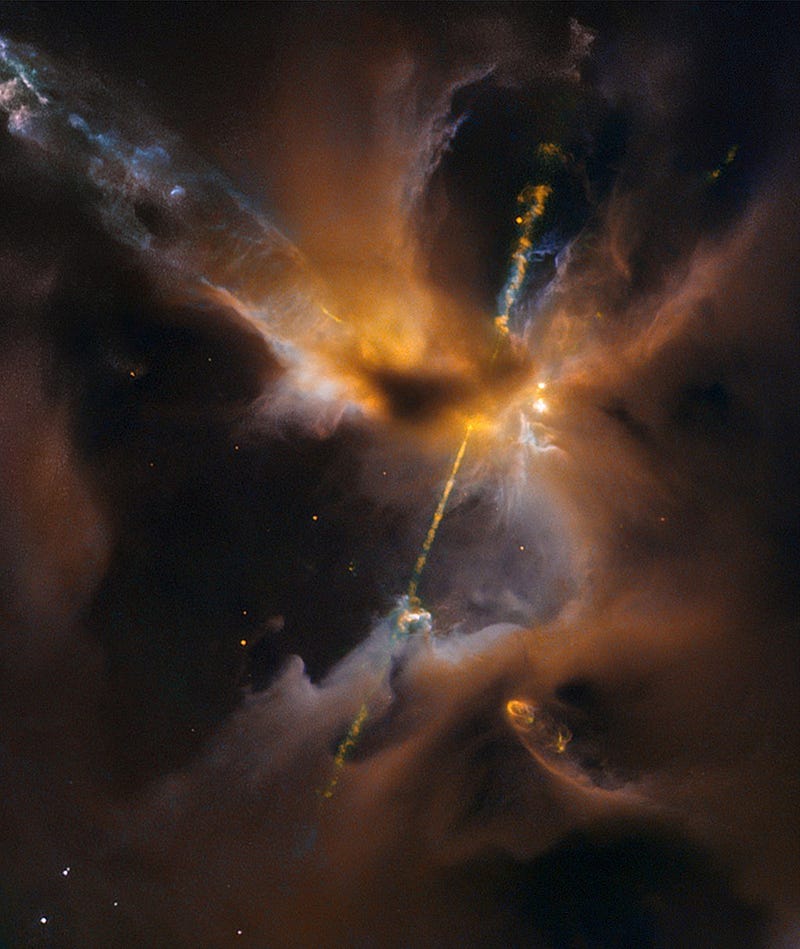Spectacular New Images of the Orion Nebula by Hubble Telescope
Written on
Chapter 1: Marvels of the Orion Nebula
The Hubble Space Telescope has recently unveiled breathtakingly surreal images of the Great Nebula in Orion. These photos evoke a dreamlike quality, yet they depict a very real and intriguing cosmic landscape.

Orion Nebula — [Photo: NASA/ESA Hubble Space Telescope, Public domain]
Just over a month ago, the Webb Telescope commenced its operations, marking a significant milestone in astronomical research. While we have become accustomed to the captivating images of the universe provided by this new instrument, older telescopes like Hubble are far from finished. Despite being in orbit for over thirty years, the Hubble Space Telescope continues to deliver extraordinary photographs. Recently, it published more remarkable images of the Great Nebula in Orion, also known as the Orion Nebula, renowned for its beauty and photogenic qualities.
What do these latest Hubble images reveal?
The recent photographs resemble dreamlike scenes, featuring delicate, translucent clouds that intertwine with one another, appearing almost like ethereal curtains. Occasionally, a dark, velvety backdrop peeks through, enhancing the otherworldly effect.
This is the appearance of the Orion Nebula, the closest region of star formation to Earth, located approximately 1,344 light-years away. For cosmic distances, this is relatively close. In addition to housing around 700 observed stars, the nebula contains protoplanetary disks, brown dwarfs, and immense clouds of gas and dust, from which new stars may eventually emerge.
Section 1.1: The Herbig-Haro Object Explained
The Orion Nebula serves as a bustling "star nursery." Astronomers are particularly interested in this area, as it allows them to observe the stages of star formation and the unique phenomena that often accompany these processes.
In the latest Hubble images, a young star known as IX Ori is prominently featured. This star is the source of a Herbig-Haro object designated HH 505, which comprises streams of matter ejected at incredible speeds. For such streams to form, the star's birth process must follow a specific sequence.

Herbig-Haro Object — [Photo: NASA/ESA Hubble Space Telescope, Public domain]
How does a Herbig-Haro object form?
When a cloud of dust and gas becomes sufficiently dense, its central portion can collapse under gravity, leading to a spinning motion that sets surrounding matter in motion. Matter from the accretion disk falls onto the star, with some of it following the magnetic field lines of the new star, acting like a gas pedal for particles.
As this matter accelerates, it strikes the star's poles, resulting in the ejection of two narrow jets at tremendous speeds, which shoot out into space perpendicularly to the accretion disk. When these jets collide with the interstellar medium, they produce striking visual effects, manifesting as large, bright clouds on either side of the star — the Herbig-Haro objects.
These objects change rapidly, enabling scientists to track the processes related to star formation. To date, several hundred have been observed, many within the Orion Nebula.
Section 1.2: Observing the Orion Nebula
Did you know that the Orion Nebula is approximately 24 light-years wide? Interestingly, it can be seen with the naked eye from Earth. To locate the Orion Nebula, start by identifying the Orion Belt, a distinctive arrangement of three stars: Alnitaka, Alnilama, and Mintaka, which align almost in a straight line. Look for the Orion Nebula to the south of this belt.
Chapter 2: Witnessing Cosmic Events
Recently, the Hubble Space Telescope has also captured significant events in the cosmos, such as the last moments of a comet that fell into the Sun's gravitational pull.
The first video showcases "The Most Unbelievable Image Ever Captured by Hubble Space Telescope," providing further insights into its remarkable capabilities.
The second video presents "25 Best Images Captured by The Hubble Space Telescope," highlighting some of the most stunning visuals produced by this iconic instrument.
Thank you for engaging with this article! If you appreciated the effort put into this content, please consider showing your support by giving a few claps or following my work.